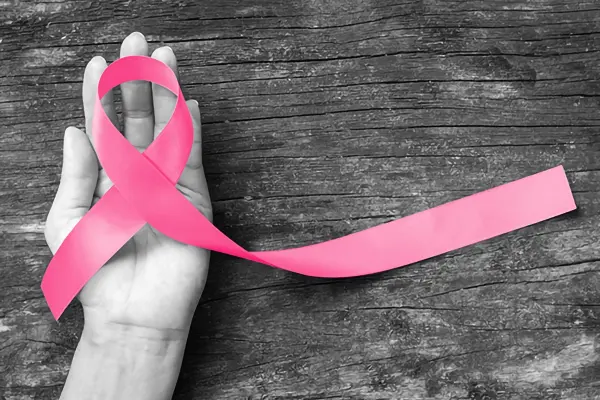We use cookies to help provide you with the best possible online experience.
By using this site, you agree that we may store and access cookies on your device. Cookie policy.
Cookie settings.
Functional Cookies
Functional Cookies are enabled by default at all times so that we can save your preferences for cookie settings and ensure site works and delivers best experience.
3rd Party Cookies
This website uses Google Analytics to collect anonymous information such as the number of visitors to the site, and the most popular pages.
Keeping this cookie enabled helps us to improve our website.
Practice News
All the latest news and information from the surgery and our patient community
 NHS Cervical Screening Programme Update
From September, the NHS plans to start sending some results from the NHS Cervical Screening Programme, utilising the NHS App.
15/08/2025
NHS Cervical Screening Programme Update
From September, the NHS plans to start sending some results from the NHS Cervical Screening Programme, utilising the NHS App.
15/08/2025
 Flu Clinics
Flu clinics will be held on Saturday 4th October and Sunday 5th October 2025. Read more...
14/08/2025
Flu Clinics
Flu clinics will be held on Saturday 4th October and Sunday 5th October 2025. Read more...
14/08/2025
 Your urgent suspected cancer referral
What is an urgent suspected cancer referral? Read more...
24/07/2025
Your urgent suspected cancer referral
What is an urgent suspected cancer referral? Read more...
24/07/2025
 Testicular Cancer Campaign
Testicular Cancer Campaign video.
09/05/2025
Testicular Cancer Campaign
Testicular Cancer Campaign video.
09/05/2025
 Digital End-of-life Platform
Digital platform helps Lancashire and South Cumbria residents make end-of-life plans. Read more...
08/05/2025
Digital End-of-life Platform
Digital platform helps Lancashire and South Cumbria residents make end-of-life plans. Read more...
08/05/2025
 PATCHS - Our new online system
Holland House Surgery, alongside NHS England and our Primary Care Network (PCN) is investing in new technology to help increase access to GP services.
04/11/2024
PATCHS - Our new online system
Holland House Surgery, alongside NHS England and our Primary Care Network (PCN) is investing in new technology to help increase access to GP services.
04/11/2024
Providing NHS Services
Contact
Holland House Surgery
Lytham Primary Care Centre
Victoria Street, Lytham
FY8 5DZ
Freckleton Health Centre
Douglas Drive, Freckleton
Lancashire, PR4 1RY
Telephone: 01253 229470